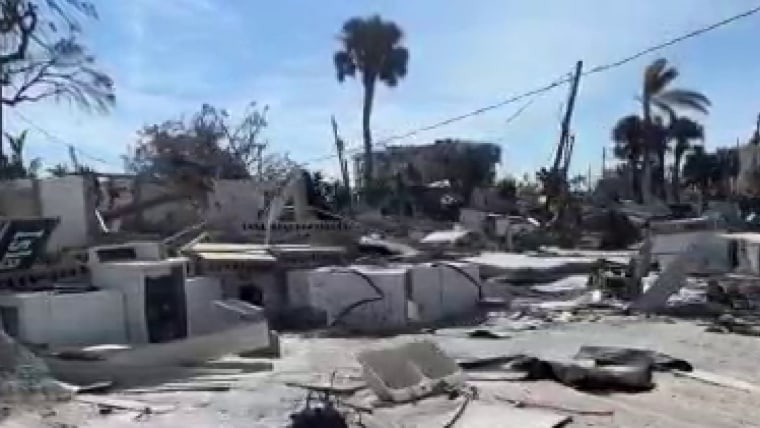The risk is most acute along the Gulf and Atlantic coasts, where more than 90% of properties in counties from southern Texas to eastern Massachusetts are at risk of a dramatic change in insurance coverage. A smaller share of California’s 39 million homes are vulnerable, though the 3 million that are still represent a significant proportion of the national risk.
But the risk isn’t limited to coastal regions: Nearly half of homes are at risk in Wyoming County, West Virginia; 79% are at risk in Valley County, Idaho; and 91% are at risk in Laramie County, Wyoming.
The insurance risk reflects the rising challenges climate catastrophes now pose, with data from the National Oceanic and Atmospheric Administration showing the size and scope of natural disasters at record levels.
“Not only are we seeing more extreme weather events, but those extreme weather events are impacting places that they haven’t in the past,” said Jeremy Porter, the head of climate implications research at First Street Foundation.
Extreme weather events have ravaged the U.S. in the past decade with wildfires, hurricanes and flooding causing billions of dollars of damage.
“What we are witnessing now is an increase in the billion-dollar event,” said Sridhar Manyem, director of industry research and analytics at AM Best, a credit agency that specializes in insurance.
As a result, some insurers are scaling back coverage: State Farm and Allstate cited wildfire risk when they announced in June that they would not accept new homeowner policies in California. Others, most noticeably in Florida, are simply shutting down.
Affected homeowners face few good options: no coverage, unreliable coverage or more expensive coverage. In the cases where risk becomes reality, Porter noted that insurance premiums can double or even triple what individuals expect, disrupting their ability to pay bills. This could lead to mortgage default and foreclosure.
Looking to California as a bellwether, Porter’s research found that high-risk ZIP codes have seen anywhere from a 346% increase to a 774% increase in insurance policy nonrenewals from 2015 to 2021. Of homes receiving non-renewals, California’s state-subsidized and pricier insurance plan can be the only remaining option once other insurers have stopped offering policies.
But when a vulnerable location might be affected is hard to say, said Stefan Holzberger, the chief rating officer at AM Best: “One of the difficult aspects of climate change is the randomness of when and where these events take place.”



